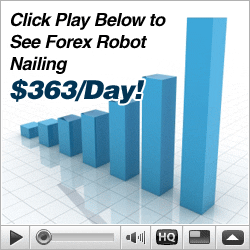
Automated trading are use on forex trading, stock markets and mutual
funds. These trading make up over 20% of the trading perform world wide
according to wikipedia.com and its growing trend is continue to show in
the many years to come.
Computerised automated trading begin as early as 1970s where stock
market are converting to electronics trading from paper trading and it
has growth tremendously. This makes trading effectively and manageable
across a global market.
There are few strategies besides executing trades base on human
inputs. The more common ones are trend following, hedging, channel
trading, scalping, martingale, support and resistance trading.
Trend following – These are commonly used with averaging volume
indicator like simple moving average, relative strength index and a
combination of moving average using different timeframe or various
average length. Common used are 9, 18 and 40 simple moving average, 20
and 80 relative strength index, etc

Hedging – This strategy is similar to hedge fund where trades are buy
and sell to counter value the loss and profit. Common hedging are
United State Dollar with Great Britain Pound, United State Dollar with
Canadian Dollar, Swiss Franc with Australian Dollar, Euro with United
States Dollar.
Channel trading – This trading watches the hourly or daily high and
low and execute trades when reaches the low and high range. It will look
like a bouncing ball where the price will go up and down bouncing like a
ball.
Scalping strategy – This is more commonly used in Forex trading where
small amount of profits or PIPS are taken from every trades and
cumulative profit from many of these small trades. The risk is high but volume of trades will compensate its loss.















